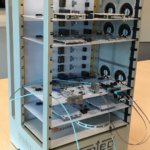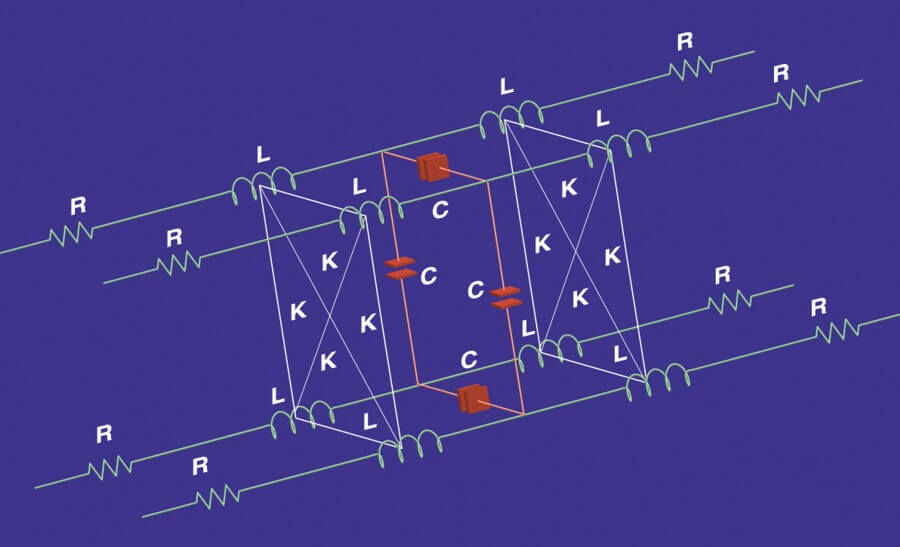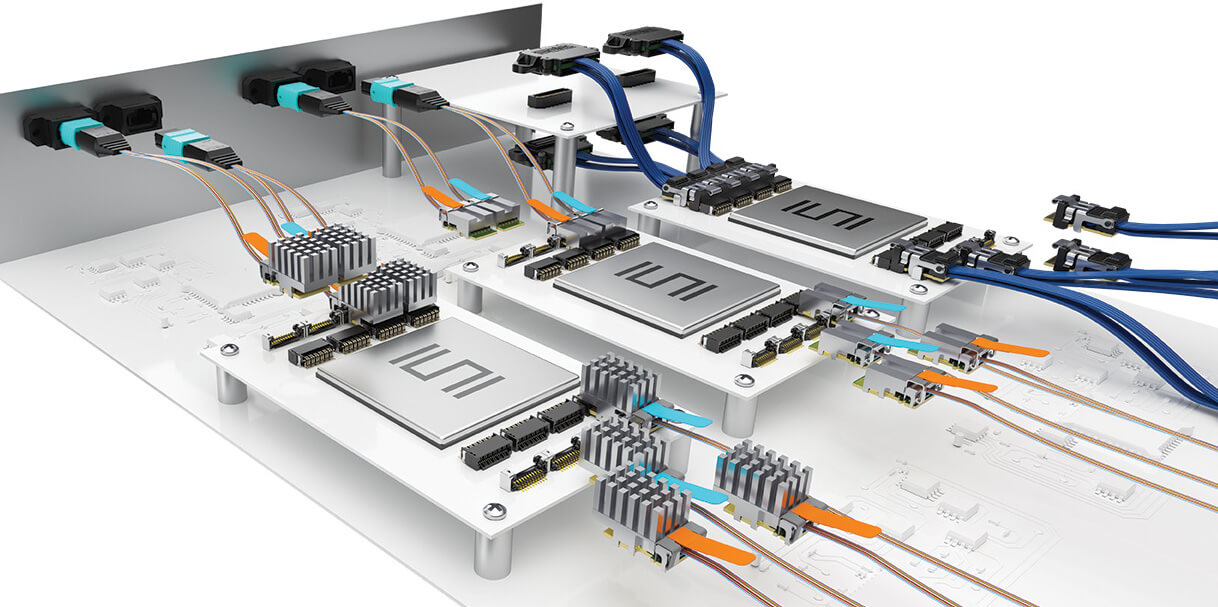In order to better understand the massive impact the VME (VITA) standard family has had in the electronics industry, it is helpful to review its past successes, its present values, and its plans for the future.
A Brief History Lesson

Since its conception in 1982, VITA has continued to focus on marketing, expansion, and integration within the connector world. Its primary focus was creating open standards for an open world.
What’s an open standard you ask? An open standard is defined as one that is publicly available for use and adaption to different technologies while having various rights associated with it. In simpler terms, the VITA standards family can be accessed by anyone at any time.
Known for being one of the biggest family of open standards in the electronics market, VITA has contributed and continues to contribute to mother and daughter board expansions. Through its rigorous use of mezzanine cards and expanded I/O, VITA has paved the way from 16-bit to 64-bit systems as well as faster data rates.
As time went on, however, projected requirements predicted the need for higher processing rates as well as backwards compatibility, hence VPX was born from VITA.
Expanding on VITA’s basic bus configuration, VPX ensured proper operations between boards. This expansion led to working with PCI Express, RapidIO, Infiniband, and 10 Gigabit Ethernet, all of which are used and supported by the connector industry and Samtec.
Modern VME Applications and Beyond
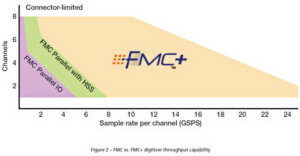
VITA continues to innovate with the newly-released FMC+ specification. This new standard offers several new features. It supports up to 32 multi-gigabit transceivers. The data rates have increased to 28Gbps and more.
FMC+ also defines two new connectors. The HSPC connector supports 560 pins in a 14×40 arrangement. The HSPCe also offer an additional 80 pins in a 4×20 arrangement. HSPC and HSPCe use ASP versions of Samtec’s SEARAY™ High-Density Open Pin Field Arrays.
In addition to FMC+, SEARAY™ has been adopted in multiple VITA standards. Offering expandable I/O through single-ended and differential pairings, SEARAY™ allows for data rates up to 39 Gbps. In addition, multiple pitches and stack heights are available catering to a variety of consumer needs.
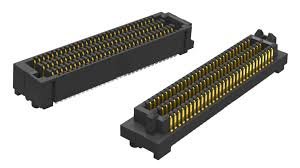
The VITA family of standards continue to drive the connector industry forward, not only in motherboard expansions and programmable arrays, but by finding faster, easier ways to expand your system.
As future VITA standards continue to develop, they lean towards modular systems, offering greater flexibility and customization.
For more information, visit the links below or contact our Industry Standards professionals.
